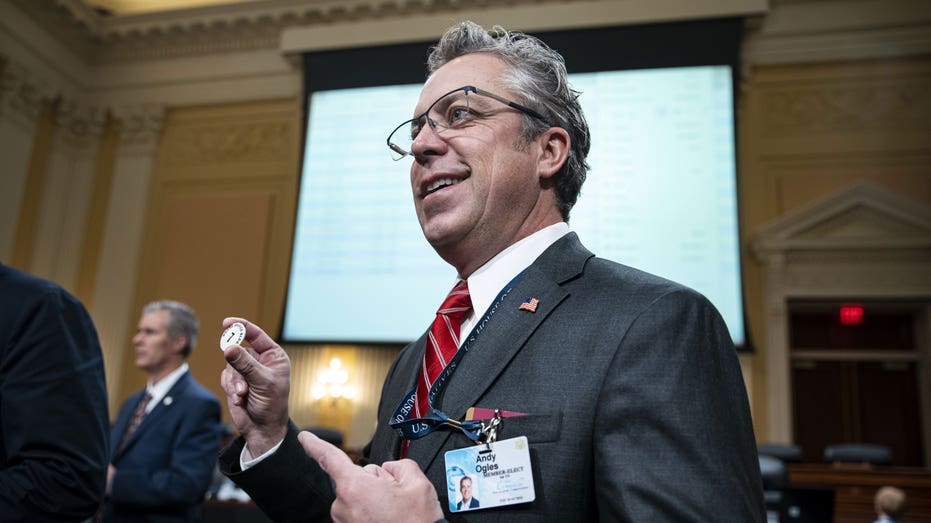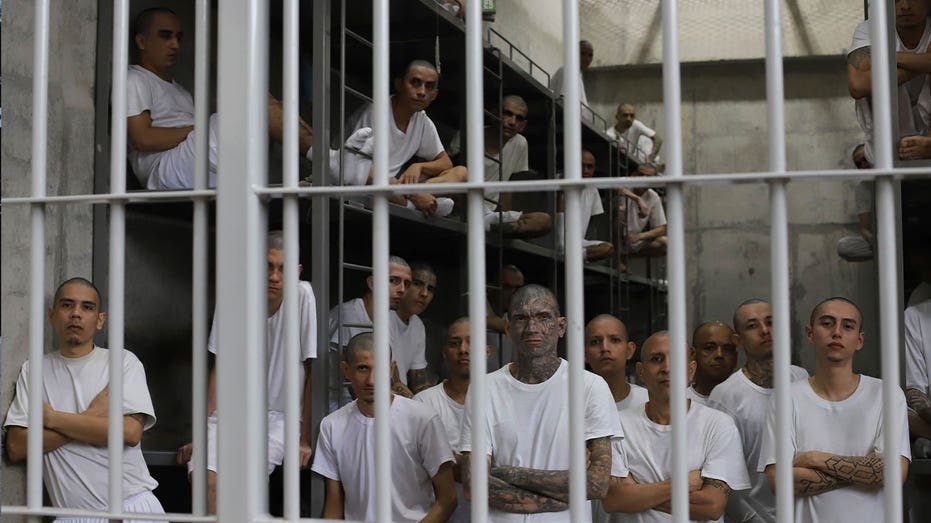CNN
—
The footage is from the last two years, but it is chillingly prescient. In a December 2022 video, Hamas fighters can be seen flooding a training area, shooting rockets and capturing pretend prisoners as they surround mock Israeli buildings.
The camp, CNN analysis shows, had just been constructed, and was very close to Erez Crossing, the pedestrian passageway between Gaza and Israel that Hamas fighters ultimately breached last weekend in a bloody attack which killed over 1,200 people in Israel.
Another video taken more than a year ago, shows Hamas fighters practicing take-offs, landings and assaults with paragliders – the same unusual assault mode that Hamas deployed with lethal effect in the same Oct. 7 attack.
A CNN investigation has analysed almost two years of training and propaganda video released by Hamas and its affiliates to reveal the months of preparations that went into last week’s attack, finding that militants trained for the onslaught in at least six sites across Gaza.
Two of those sites, including the arid training site shown in the December video, were a little more than a mile from the most fortified and patrolled section of the Gaza-Israel border. Of the remaining sites: one is located in central Gaza, and the other three in far south Gaza.
Two years of satellite imagery, also reviewed by CNN, show no indication of an offensive Israeli military action against any of the six identified sites.
Not only was there activity in the last several months at the camps, but some camps also absorbed surrounding farmland, converting it from agriculture to barren area for training in the last two years, according to satellite imagery.
In the stunned aftermath of Hamas’ ruthless incursion – where militants abducted 150 people, overran Israeli military bases, and laid waste to towns and farms – questions are being raised about the intelligence and operational failures by Israel’s security apparatus.
The fact that Hamas trained for the attack in plain sight for at least two years raise further questions as to why Israel, home to the Middle East’s most sophisticated military and spying operation, was unable to pick up on and stop the October 7 attack?
When CNN reached out to the Israel Defense Forces (IDF) for comment, its international spokesperson Lt. Col. Jonathan Conricus said the findings were “nothing new.”
He added that Hamas has “had many training areas” and Israel’s military had “struck many training areas over the years in the different rounds of escalation.”
Conricus noted that Israel has not had a major escalation with Hamas in over two years, in reference to when hostilities between Israel and Hamas erupted in 2021. It followed weeks of tension in Jerusalem, where a group of Palestinian families faced eviction from their homes in East Jerusalem in favor of Jewish nationalists.
Conricus also said that Hamas may have made the facilities “look civilian.”
However, five of the sites – the sixth is a landing strip – do not have civilian features and are nearly identical in how they are constructed and arranged.
They are all surrounded by massive earthen berms, which are taller than the buildings in the camps. The buildings – most have no roofs – are nearly all made from cinderblocks and cement.
Some camps have gates and fences, while others have street curbs but no paved roads.
Asked about the camps, Conricus said they could not answer CNN’s questions “since they relate to the complex analysis of intelligence at the same time that we are fighting a war.”
“This topic, together with numerous other issues, will be investigated by the IDF at the end of the war,” he added.
Senior Hamas official Ali Baraka, the head of the Lebanon-based Hamas National Relations Abroad, told RT Arabic following Saturday’s attack that the terror organization has been preparing for the attack for two years.
Metadata analyzed by CNN indicates that Hamas conducted the trainings for months, sometimes over a year, before releasing the propaganda montages on their social media channels.
The videos also foreshadow the events of October 7.
In one clip, militants are seen practicing take-offs, landings and assaults with paragliders. The metadata showed it was filmed over a year ago. The shadows and position of the sun in the video also indicates that filmed training sessions either lasted for hours, or took place on multiple days.
During the October 7 attack, paragliders took off at dawn close to two training camps geolocated by CNN that are near the Gaza-Israel border.
The videos show that the same practice take-off location the paragliders used had also been used to test Hamas’ own homegrown drones. Metadata indicates those tests took place months before the paragliding montages took place.
Hamas terrorists are also seen in propaganda videos practicing with the type of weaponry they would use to attack on October 7. They created mock Israeli buildings and streets and are seen executing a number of different assault tactics on them.
At a training site hundreds of feet from the Erez Crossing, a wall of a building has a drawing of two palm trees and an animal figure that looks similar to Israel’s Erez Crossing battalion’s insignia.
The video shows them even practicing taking prisoners and zip-tying their hands at the camp.
Satellite imagery shows that the camp was constructed within the last year and a half.
In three of the training camps, they even created fake Israeli tanks consisting of what appears to be a large outer shell surrounding a truck. Fighters are seen practicing an attack against it, launching RPGs and other explosives.






